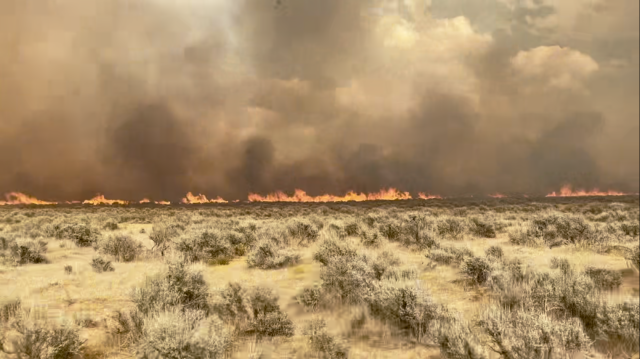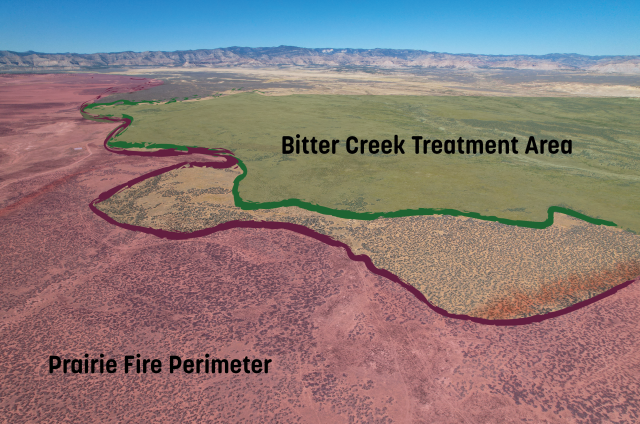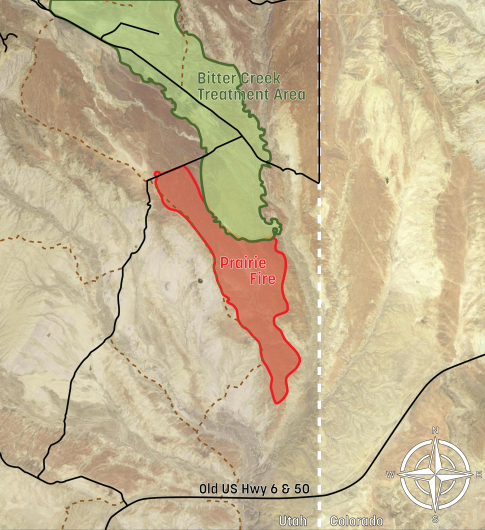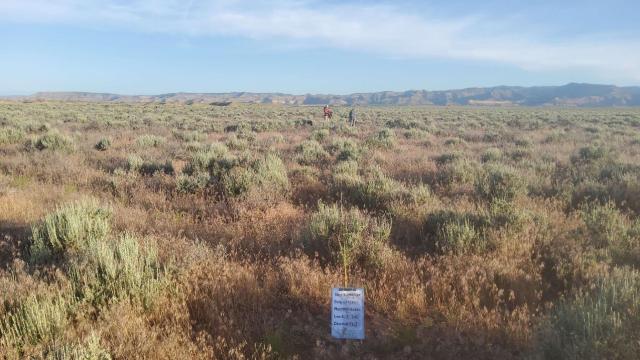Related Stories
- Protecting Lands and Communities: Shaila Pomaikai Catan
- May is Wildfire Awareness Month
- BLM Fire tackles radio interoperability on wildfires
- BLM transfers fire engine to Lake Mohave Ranchos Fire Department through Rural Fire Readiness Program
- First 100 days: BLM drives energy expansion and national strength




